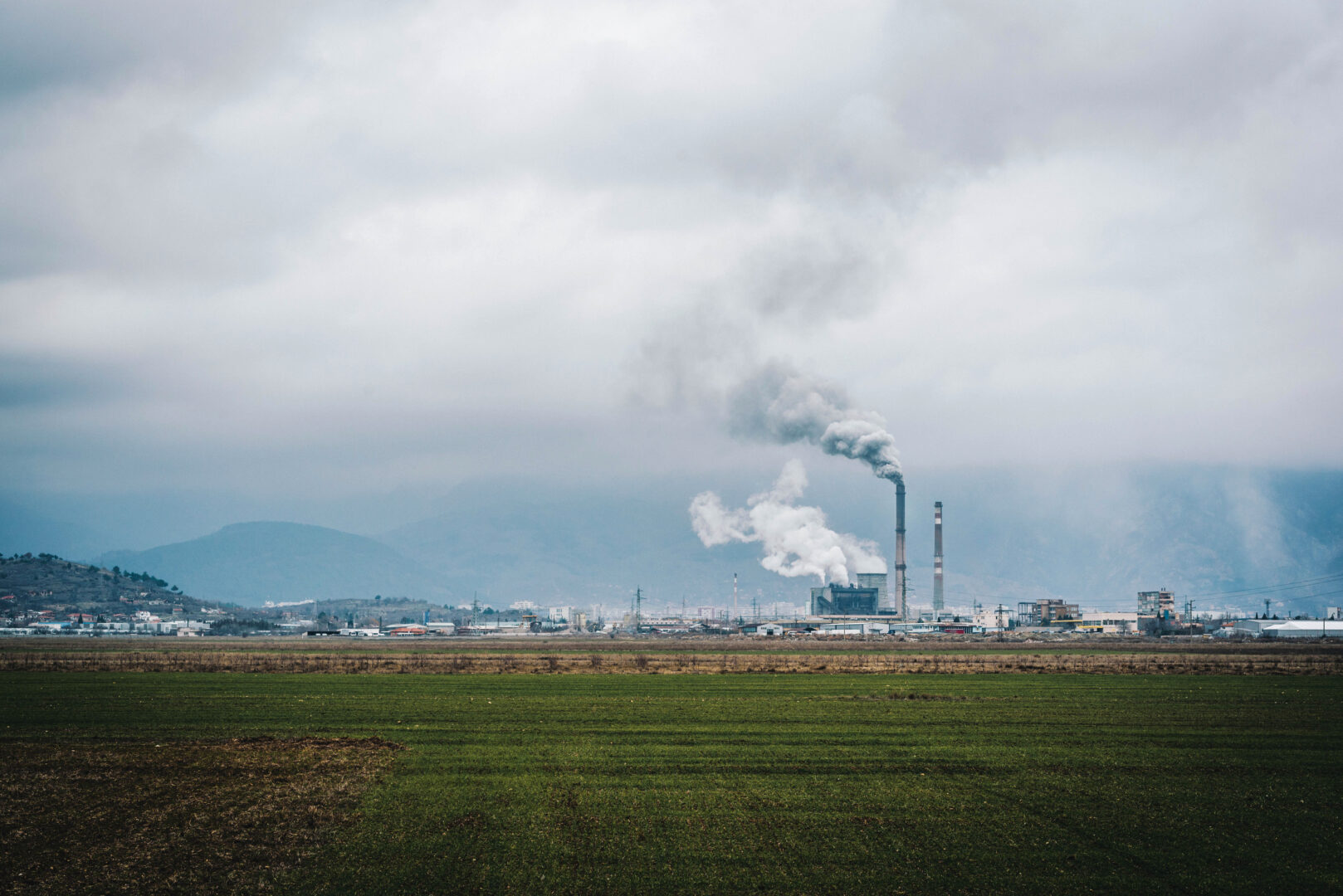
Lancaster/Harrisburg high in Pennsylvania soot pollution; EPA may reduce limits
-
Scott LaMar

Airdate: April 3rd, 2023
The U.S. Environmental Protection Agency is considering a proposal to reduce its limits on soot pollution.
Last week, more than 30,000 comments from Pennsylvanians were submitted to EPA as the public comment input process ended.
The environmental group – PennEnvironment was instrumental in collecting those comments.
With us on The Spark Monday was PennEnvironment’s Clean Air Advocate Zach Barber, who explained what soot pollution is,”When we talk about soot pollution, we’re talking about microscopic particles of fine particulates. And these are organic pollution molecules that are released in the primarily from the burning of fossil fuels as well from industrial pollution. They’re linked to everything from breathing disorders like asthma or COPD to cardiovascular problems, premature death. And one of the most concerning things about soot pollution, fine particulates, is they’re so small that they’re able to penetrate through our lungs into our blood, where they can be transported to the whole body. So we see whole body concerning health outcomes.”
Where does soot pollution come from,”Our power sector is one big one, the burning of coal and other fossil fuels for electricity, as well as vehicles especially diesel trucks, can be another major source. But even if you have a a wood burning stove or something like that, that can also release some pollution.”
Research shows the highest soot pollution action days and levels of soot pollution are in Lancaster and Harrisburg.
Barber was asked what kind of health problems it can cause,”the type of soot pollution being covered in this EPA proposal is the fine particulates. And so these are microscopic particles of soot that you can fit about ten or more of them around a single human hair. So to give you a sense of the size of what we’re talking and as they get into our blood, they can cause health problems in any number of systems. So some of the obvious ones are things like asthma and COPD. And on high level days, people who do have breathing problems are often the first to notice and may have asthma attacks, breathing problems. But we also see problems from poor heart health and cardiovascular problems to premature death, cancer risk increasing. So it really does impact many of the most important systems in our bodies as it’s able to get into our blood and end up in places where it shouldn’t be.”
What is the EPA considering,”The EPA, for the first time in a decade, is looking to update the federal limit on this type of soot pollution that we’ve been talking about. And this is one of the kind of core functions of the Clean Air Act is limiting this type of pollution. And the EPA sets a concentration limit that functions much like the speed limit on the roads. So they set the maximum and places your air quality should fall below that. And for the past ten years or more, that limit has been at 12 micrograms per cubic meter, which is a measure of concentration. And the EPA has proposed to lower that limit to somewhere in the range of 9 to 10. And if they do that, that would dramatically lower the amount of unhealthy soot days and the amount of unhealthy exposure, especially in places like Pennsylvania, where we have high levels of soot pollution.”

